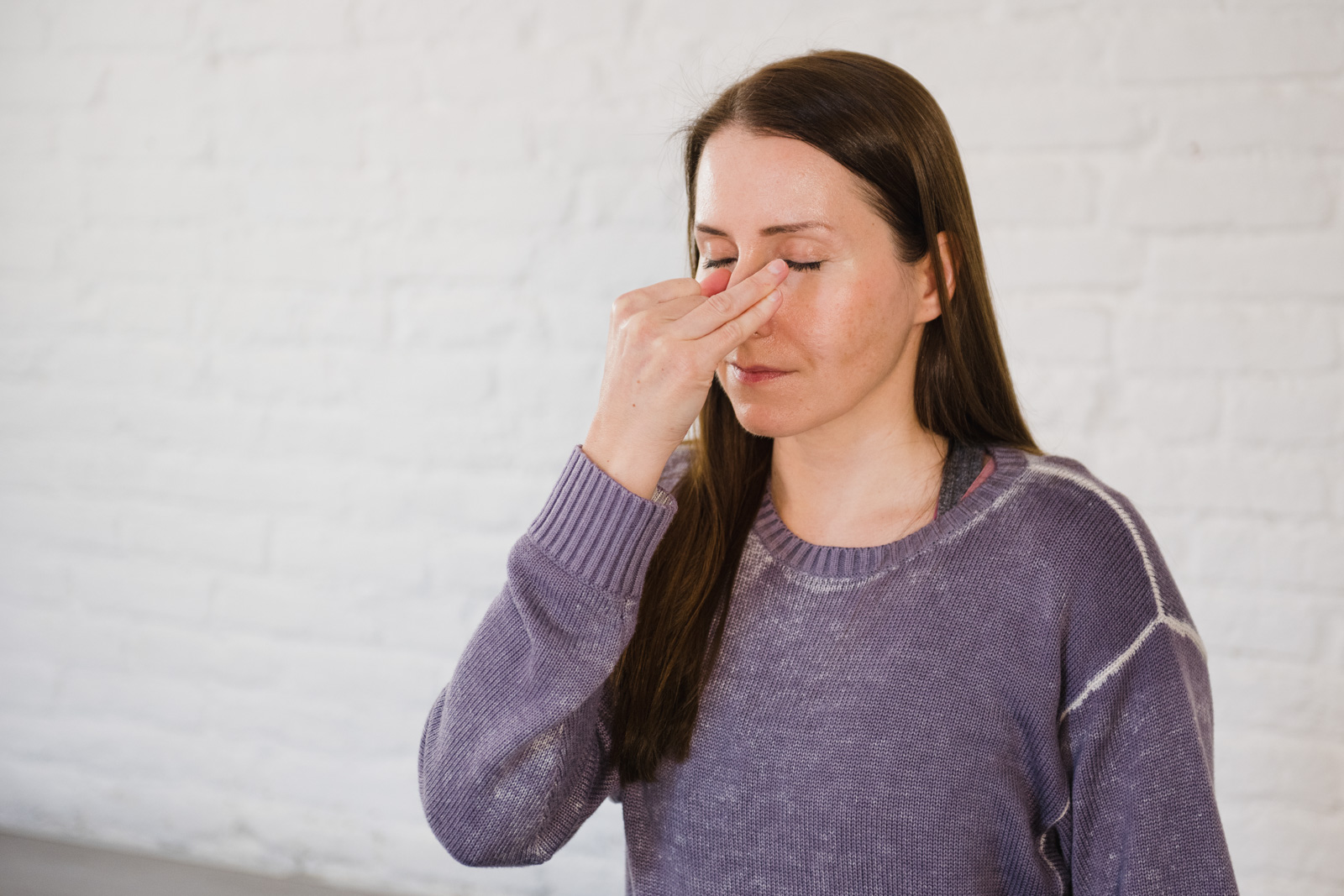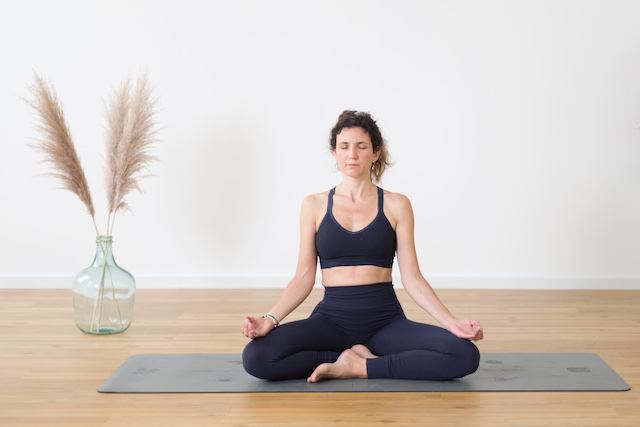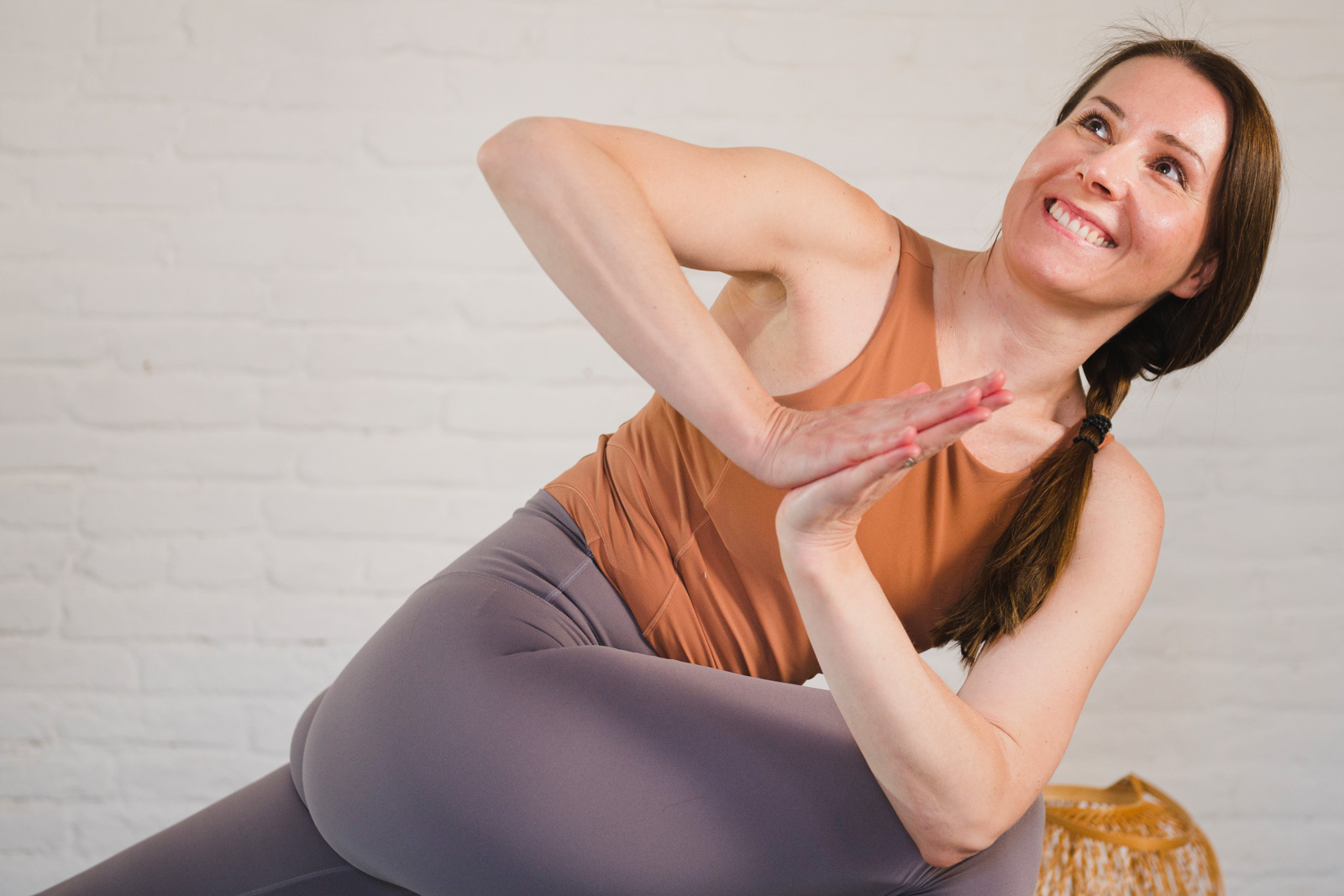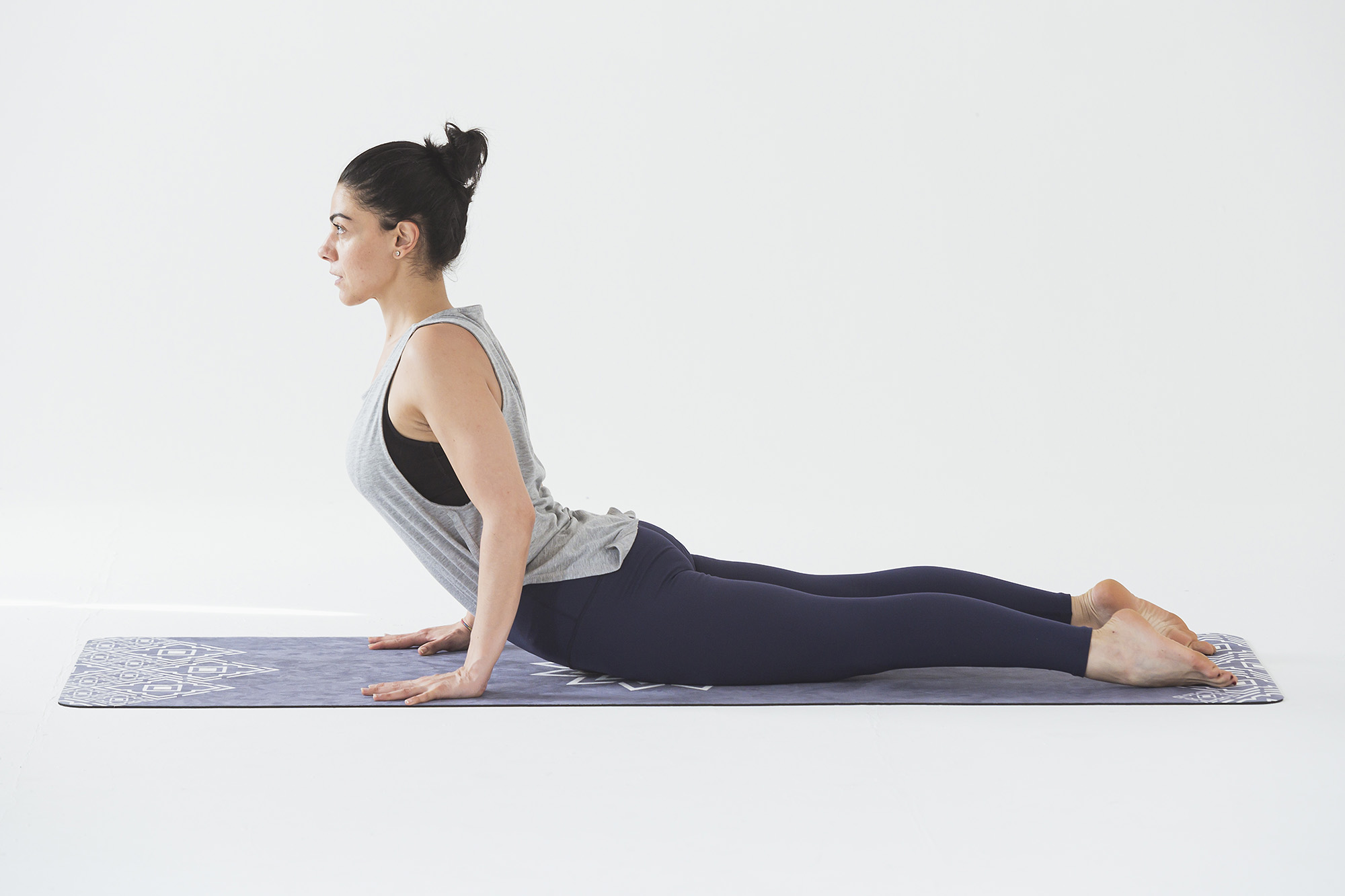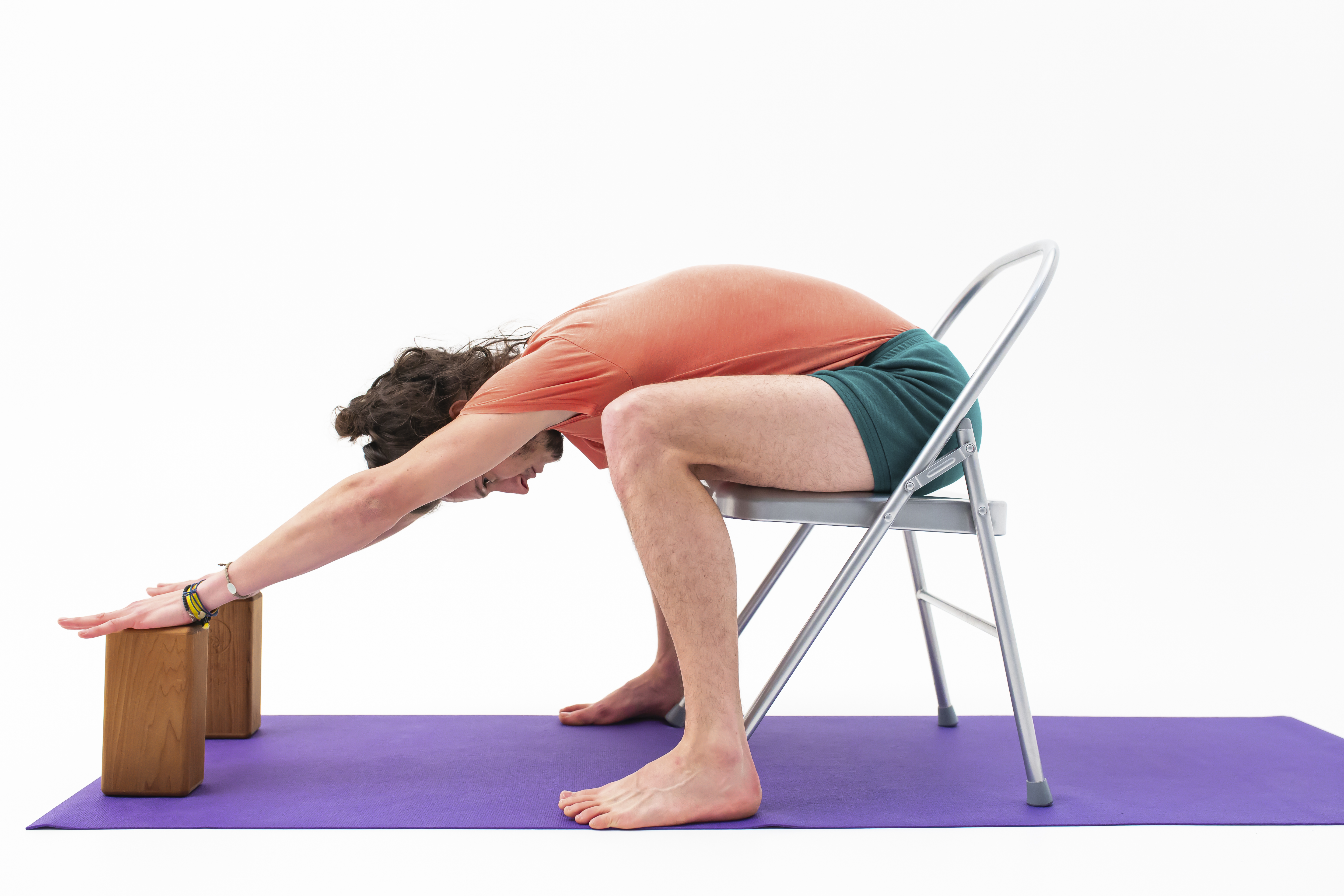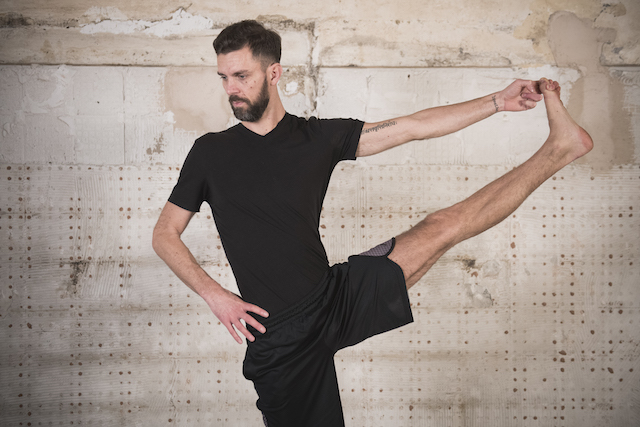Nowadays, there are many different styles of yoga, such as Vinyasa Yoga, Iyengar Yoga, Anusara Yoga, Sauna Yoga, Goat Yoga, Beer Yoga, and more. I’ve practiced yoga in a sauna before, and that was quite enjoyable. However, when it comes to yoga with goats, I’m not entirely sure about that, and as for beer yoga, I think I’d prefer a beer after yoga.
Here, I present to you the variety of yoga styles available on our Gotta Yoga app, for you to explore and practice with us.
But first, a few words about:
Pranayama
‘Prana’ means ‘life energy,’ and ‘yama’ means ‘control.’ Therefore, pranayama is the control of life energy. Alternatively, ‘Pran’ is ‘life energy,’ and ‘Ayama’ is ‘expansion,’ signifying the expansion of life energy. You can decide for yourself which definition resonates with you.
Pranayama is primarily about breathing techniques. In the yoga tradition, it distinguishes between Sahaja Pranayama and Anubandha Pranayama. ‘Sahaja’ translates to ‘natural,’ focusing on our innate breath, the one we are born with. It leads, and we follow. When you observe and become aware of your breath, you are practicing Sahaja Pranayama. ‘Anu’ means ‘with,’ and ‘bandha’ is ‘lock.’ Anubandha Pranayama encompasses the classical breathing techniques of Hatha Yoga, such as Nadi Shodana (alternate nostril breathing) and Kappalabathi (fire breathing). Here, you take control, and the breath follows your guidance. Both Sahaja and Anubandha are wonderful tools for centering and focusing.
Pranayama is an integral practice of Hatha Yoga and is closely connected with asanas (physical postures) and meditation. Nevertheless, you can also practice these breathing techniques separately from asana and meditation. Connecting with your breath is always a valuable practice.
Discover these breathing techniques on the Gotta Yoga app!
And a little bit about:
Meditation
Meditation may initially seem like merely sitting still, but it’s much more than that. There are various approaches to meditation, and it goes beyond physical stillness. Sometimes, a yoga asana practice can also be a form of meditation. Meditation is all about connecting with our true essence, and the breath often plays a significant role in this process. Hence, it’s common to focus on the breath while meditating.
Maintaining a regular meditation practice doesn’t necessarily mean sitting quietly with your eyes closed for an entire hour. A meditation session can be shorter, perhaps just 5 minutes to start. You need not sit in a specific posture or close your eyes. Instead, consider those moments when you feel completely connected to yourself, wherever and whenever they occur. These moments are also meditation.
If you’re interested, you can also join us in meditation on our app!
Hatha Yoga
The term ‘Hatha,’ when translated into English, means ‘powerful’ or ‘forceful.’ Originally, it referred to the vigorous exercises that yogis used to advance along their spiritual journey. These exercises encompassed yogic postures, breathing techniques, cleansing methods such as nasal irrigation, and various bandhas—methods for activating specific muscles in the body to retain life energy. The ultimate goal for Hatha yogis was nothing short of attaining immortality.
Hatha yoga primarily concerns the body. The body serves as the tool for liberation, a means through which the yogi can unlock their inner essence. Consequently, all yoga practiced on the yoga mat can be categorized as Hatha Yoga. In modern times, Hatha Yoga is often associated with a yoga style that emphasizes proper body alignment and may not necessarily be exceedingly strenuous. The yoga I teach, for instance, falls into this category, and I refer to it as ‘alignment-based Hatha Yoga.’
In essence, all the yoga styles listed below fall under the umbrella of Hatha Yoga.
Vinyasa Yoga
The term ‘vinyasa’ finds its roots in the Sanskrit word ‘nyasa,’ which means “to place,” and the prefix ‘vi,’ signifying “in a special way” – much like the arrangement of musical notes, the steps on a path leading to a mountain’s peak, or the seamless transition from one asana to the next. Vinyasa is often interpreted as ‘flow,’ a practice where movements harmonize with the breath. Every movement is intricately synchronized with the rhythm of the breath.
The contemporary practice of Vinyasa Yoga is deeply connected to the Ashtanga Vinyasa Yoga tradition (see below). Frequently, a sequence like ‘Down Dog – Plank – Chaturanga Dandasana – Cobra – Down Dog’ is also referred to as a ‘Vinyasa.’
In essence, whenever you move in sync with your breath, it embodies the spirit of vinyasa.
Iyengar Yoga
Iyengar Yoga equals alignment.
B. K. S. Iyengar was born in 1918 into a poor, Tamil-speaking priestly family in southeastern Karnataka. As a child, he was often very ill and suffered from malaria, typhoid and tuberculosis, among other illnesses. At 15, he moved in with one of his older sisters in Mysore, who was the wife of Krishnamacharya (the father of modern postural yoga). Iyengar studied yoga with Krishnamacharya for only a year and a half and then began teaching yoga.
Since his body had lost its strength during childhood due to many illnesses and he was still sickly, he slowly began to create his own style of yoga, which later got his name. He assumed that yoga could be used as a body therapy and that yoga could cure diseases. It was important for him that the yoga postures be performed optimally for each individual. It is thanks to him that today we have many yoga accessories, such as yoga blocks, straps, bolsters, cushions, blankets etc. In an Iyengar yoga class, there are not necessarily many poses, but they are practiced very precisely with optimal alignment and many accessories.
So, if your yoga teacher says you need a block for a yoga pose, use a block. It’s all about your well-being.
Ashtanga Vinyasa Yoga
‘Ashtanga,’ when translated to German, means ‘eight limbs.’ The term originates from a philosophical text known as Patanjali’s Yogasutra, although it’s somewhat distinct from Ashtanga Vinyasa Yoga. The founder of Ashtanga Vinyasa Yoga, K. Pattabhi Jois, regarded this ancient text as the source of his yoga philosophy.
K. Pattabhi Jois, born into a priestly family in Karnataka in 1915, had a transformative encounter with yoga at the age of twelve when he witnessed a yoga-asana demonstration by Krishnamacharya, often referred to as the father of modern postural yoga. Jois, driven by his fascination, aspired to become Krishnamacharya’s student.
From 1932 onwards, Jois devoted himself to the study of yoga under Krishnamacharya’s guidance and later went on to teach yoga at the Sanskrit University in Mysore. It’s worth noting that Jois, much like Iyengar, was a student of Krishnamacharya.
Krishnamacharya primarily taught young men, some of whom were children. To instill discipline and concentration in these students, Krishnamacharya introduced physically demanding exercises, emphasizing dynamic, energy-intensive movements. These movements were intricately linked to the breath, thus paving the way for the development of Ashtanga Vinyasa Yoga.
K. Pattabhi Jois further refined and expanded upon this teaching style, creating six series of postures, each building upon the previous one. The first series is the most commonly practiced, often considered the foundation.
So, the next time you seamlessly transition from Uttanasana to Chaturanga Dandasana on your yoga mat, with movements synchronized with your breath, you are following in the footsteps of Krishnamacharya and K. Pattabhi Jois.
Yin
The term ‘yin’ is derived from Chinese philosophy and represents cool, passive energy, in contrast to ‘yang,’ which symbolizes warm, active energy. Yin yoga draws inspiration from ancient Chinese Taoist practices, where stretches are held for extended periods.
In the 1970s, American Paulie Zink introduced the concept of prolonged stretching to the Western world, blending it with elements from Hatha yoga. One of Zink’s students, Paul Grilley, also deeply interested in Hatha yoga, martial arts, and meditation, began to evolve Zink’s Taoist yoga, merging it with Hatha yoga and the Chinese meridian system. It was one of Grilley’s students, Sarah Powers, who emphasized the importance of a conscious and systematic breath during Yin Yoga practice, eventually coining the name ‘Yin Yoga’ for this unique approach.
A typical Yin Yoga class typically lasts between 60 and 90 minutes, and it doesn’t involve a high number of postures. Instead, each pose is often held for more than five minutes, encouraging students to find a balance between effort and ease. Yin Yoga works to manipulate, stretch, and elongate the body’s connective tissues through long, slow postures. In doing so, it not only stretches the physical tissues but also cultivates the mental qualities of patience and calmness.
cro Yoga (Kids)
In 2003, Acro Yoga International was founded by Jason Nemer and Jenny Sauer-Klei in California, USA. Their pioneering efforts led to the formalization of the Acro Yoga practice in 2006. Acro Yoga represents a contemporary and dynamic style of yoga, bridging the realms of yoga and acrobatics. It encompasses various partner and group acrobatic forms, with a central theme of lifting at least one person.
Acro Yoga is more than just a physical practice; it cultivates the ability to make quick decisions and enhances proprioception—our awareness of how our body moves in space. Through Acro Yoga, practitioners develop self-mastery without rigidly clinging to external circumstances, serving as a reminder that change is constant and can challenge our balance.
On the Gotta Yoga app, you can explore Acro Yoga sessions led by Vanessa and her children. While it’s a delightful activity with kids, adults can also enjoy Acro Yoga without children and experience the same sense of joy and connection. Give it a try; you’re in for an enjoyable experience!
This article was written by:
Anu Visuri
Anu Visuri, yoga teacher and co-founder of Gotta Yoga
Certified Anusara® yoga teacher, Yoga Alliance (E-RYT 500 & YACEP).
